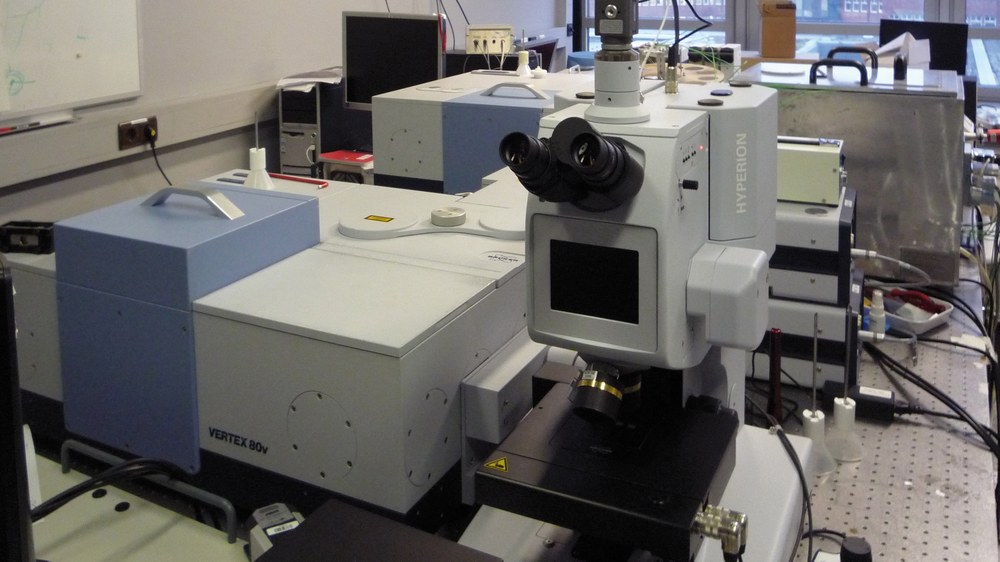Planetary Laboratories

The department ‘Planetary Laboratories’ (PLL) combines a wide and highly complementary range of laboratory setups. We offer laboratory techniques as well as environmental chambers that cover almost all bodies in the solar system and many beyond. This range of techniques available in one research institution is unique in Europe if not the world.
The overarching questions driving the activities of PLL are the formation and evolution of planetary surfaces and the potential for current or past habitability. Remote sensing spectral data for Mars, the Moon, Mercury and even Venus have provided us with insights into the evolution processes of terrestrial planets, but also raised a number of open questions. These questions have to be addressed by combining data returned from missions, analogue studies under realistic planetary conditions, and the analysis of returned sample material. Global reconnaissance of planetary surfaces can only be obtained by remote sensing methods. In-situ techniques such as Raman spectroscopy can provide local context information. Simulating the environments encountered within the solar system and beyond is key to understand the remote sensing data, the alteration processes on planetary surfaces, as well as potential habitable environments. Analysis of returned sample material provides the ultimate ground truth. With the unique capabilities in PLL this ground truth can be linked back to the local (in situ missions) and global contexts, allowing us to address the fundamental questions related to planetary formation, evolution and the potential for habitability.
Key Competences of the Department
- Worldwide unique range of laboratory capabilities for planetary research combined in one department.
- Worldwide leading experts for planetary spectroscopy under extreme temperature conditions, especially for Venus and Mercury surfaces.
- Leading participation in a wide range of planetary missions.
- Expertise and equipment to study habitability within the solar system and beyond.
